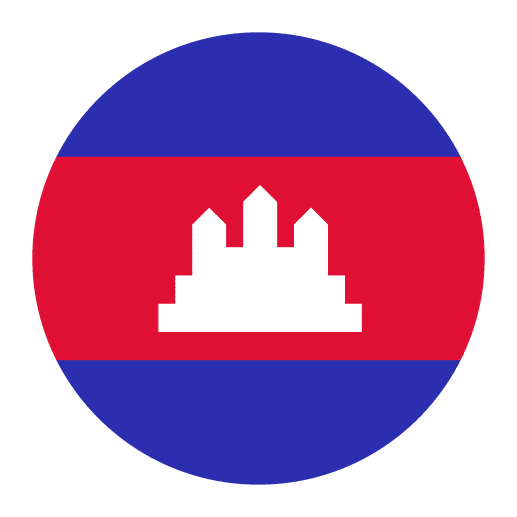Khmer Grammar
Khmer grammar may seem challenging at first, but its unique features make learning the language a rewarding experience. By exploring its alphabet, mutations, and grammar rules, you’ll gain insight into a rich linguistic tradition. Start your journey and discover the beauty of Khmer!
Get started
The most efficient way to learn a language
Try Talkpal for freeNavigating the Intricacies of Khmer Grammar
Khmer, the national language of Cambodia and a major Austroasiatic language with a deep literary tradition, offers an exciting linguistic experience for those eager to explore its unique grammar system. As you venture into the realm of Khmer, you will not only enrich your linguistic repertoire but also embrace a fascinating cultural journey. While Khmer grammar may appear unfamiliar at first, breaking it down into core components makes learning the language more approachable. In this article, we will explore the captivating world of Khmer grammar and provide tips on how to master its complexities.
1. Khmer Alphabet and Phonetics
The Khmer writing system is an abugida that comprises 33 consonants, 23 dependent vowels, and 12 independent vowels. Consonants come in two series that affect vowel quality, and vowel symbols change their pronunciation depending on the consonant series. To learn Khmer grammar, it is crucial to become familiar with this distinctive script by practicing reading and writing in Khmer.
2. Consonant Series: A Peculiar Khmer Feature
One of the most striking aspects of Khmer is its two consonant series, often called registers, which influence how dependent vowels are pronounced. The A-series and O-series consonants cause the same vowel symbol to be read differently. Understanding how these series work, along with common diacritics, is vital for accurate pronunciation and writing in Khmer.
3. Nouns and Pronouns: Gender and Cases
Khmer nouns do not have grammatical gender and do not inflect for case. Plurality is often indicated with context, reduplication, or words like ច្រើន. Pronouns in Khmer include personal, possessive, reflexive, demonstrative, and interrogative forms, and they vary by politeness and social context. Becoming familiar with these pronouns and particles such as របស់ for possession will significantly enhance your grasp of Khmer grammar.
4. Verbs: Structure and Conjugation
Khmer verbs do not conjugate for tense, person, or number. Instead, time and aspect are expressed with particles and adverbs, such as កំពុង for progressive, បាន for completed past, and នឹង for future. Mood can be indicated with words like សូម or ចូរ for polite imperatives and កុំ for prohibitions. Learning these particles and common serial verb constructions will improve your ability to communicate effectively in Khmer.
5. Adjectives: Agreement and Placement
In Khmer grammar, adjectives typically follow the noun they modify and do not agree in number or gender. Comparatives and superlatives are formed analytically, often using ជាង for comparison and ជាងគេ or បំផុត for superlatives.
Examples:
– សេចក្តីស្រឡាញ់ ធំ (big love)
– កូនក្មេង តូច(little children)
6. Engaging with the Language
The most effective way to fully understand and internalize Khmer grammar is to consistently engage with the language. By reading Khmer literature, watching Khmer films or television series, listening to Khmer music, and actively communicating with native speakers, you will reinforce your understanding of grammar while expanding your vocabulary.
Conclusion
Although Khmer grammar may seem intricate, you can become proficient in this beautiful language with dedication, practice, and enthusiasm. By focusing on the fundamental rules and engaging with the language across different contexts, you will rapidly enhance your Khmer grammar skills. Somnang laor (good luck) with your Khmer language journey, and enjoy unraveling the enigmatic yet captivating world of Khmer grammar!








